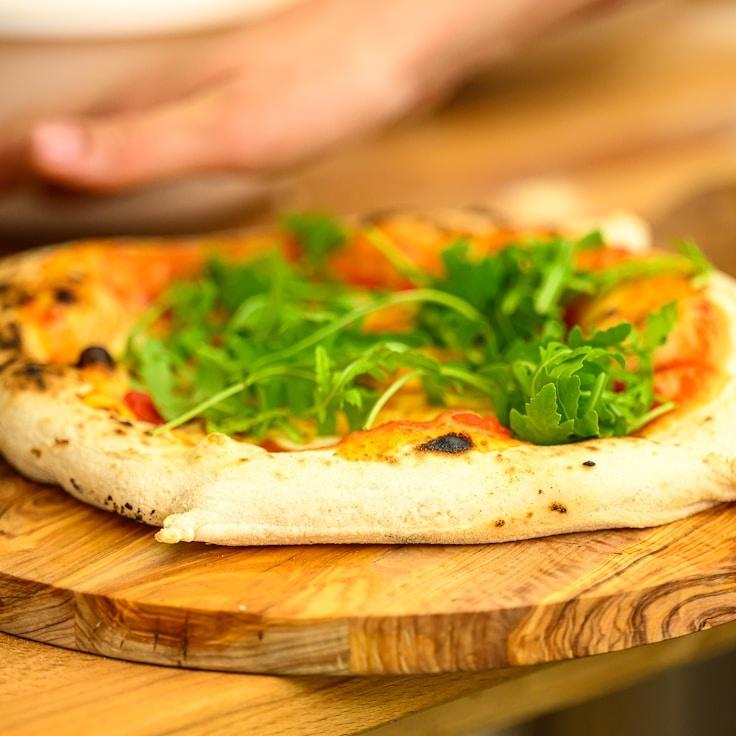Here at PineFlower, we're of the mindset that the cornerstone of an excellent pizza is in its dough. We're proud to divulge some core insights gained from our over thirty years of refinement of our dough recipe. While the precise recipe remains a closely-held secret, these foundational tips will enable you to produce a pizzeria-grade pizza base right from your own kitchen.
Choosing the Right Flour
For a top-notch pizza base, selecting premium flour is essential. Italian 00 flour is our top choice due to its finely milled nature and manageable protein content—about 12%—delivering an ideal mix of durability and delicacy in the dough's texture. Should 00 flour be unavailable, bread flour can serve as a viable alternative, though your results may vary slightly in texture.
Optimal Water Temperature and Dough Hydration
Water's temperature plays a pivotal role in how long it takes for your dough to rise and its texture. Cold water at around 45°F (7°C) will yield a slower rise and consequently more flavor development—our preferred method. Conversely, warmer water at about 85°F (29°C) will hasten this process. For proper dough consistency in most residential ovens, aim for a hydration percentage between 60% and 70%.
Patience in Fermentation
Achieving richly flavored dough involves reducing the yeast used and increasing fermentation time. With just 0.2% fresh yeast compared to the flour's weight, and a fermentation period spanning 24-48 hours, complex tastes arise, and the result is a dough that's easier on the stomach.
Salt's Crucial Role
Salt’s job extends beyond mere flavoring—it's integral in strengthening the gluten network and regulating the fermentation speed. Our suggestion is to apply fine sea salt at a rate of 2.5-3% of the flour's weight, incorporated once the flour and water have just started to bind, thus avoiding direct yeast contact.
The Craft of Fermentation
Upon mixing, let your dough sit at room temperature for a couple of hours before dividing it into portions and balling it up. Keep these dough portions in lidded containers in the fridge for anywhere from a day to three. Through this cold fermentation, enzymes break down complex carbohydrates into simpler sugars, enhancing both the dough's flavor and the crust’s golden coloration upon baking.
Gentle Dough Handling
When it's time to bake your pizza, take the dough out 1-2 hours beforehand to allow it to reach room temperature. Tenderly handle the dough to maintain the air bubbles formed during fermentation. Push and spread the dough using your fingertips, not a rolling pin, which would deflate the developed air pockets.
Final Steps: Temperature
Our industrial pizza ovens soar to temperatures of 850°F (454°C), but household ovens generally max out at approximately 550°F (288°C). Compensate by getting a pizza stone or steel really hot—let it preheat for a full hour to generate enough of a searing heat on the bottom to yield a crispy bottom crust with a fluffy interior.
Mastering pizza dough is an evolving skill, with every iteration offering new learning experiences. Record your observations, tweak the variables, and find the perfect process for your kitchen conditions.
To witness how we make our pizza dough, consider attending our monthly pizza-making classes where Chef Julian will demonstrate these skills. Look at our schedule of events to see when the next workshop occurs!

